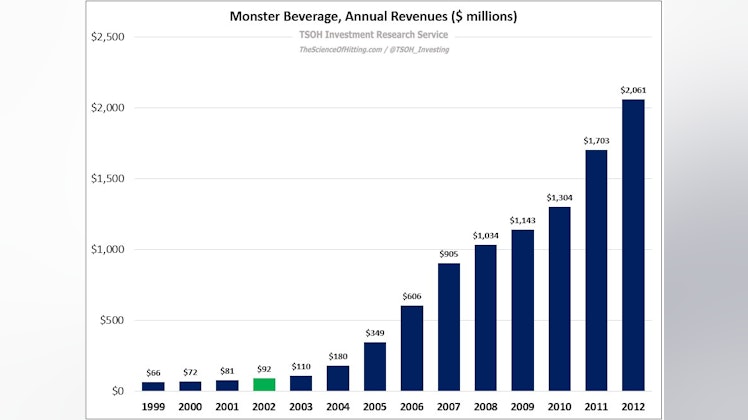"Our Industry Does Not Respect Tradition"
As discussed in Monday’s update, Mr. Market reacted to Meta’s rising AI investments / capital expenditures (CapEx) with some uneasiness. Microsoft is working through similar developments, with FY24e CapEx likely to exceed $50 billion – nearly 3x higher than its FY19 spend. But the market responded more optimistically to the Microsoft news, with the stock climbing a few points following the Q3 FY24 results. In my view, that reaction reflected a clearer understanding from investors on the opportunities that Microsoft is pursuing, along with their strong starting hand (seeing the path to an attractive ROI).
With that said, this period isn’t without risk for Microsoft. As CEO Satya Nadella noted in a recent keynote, they are going all-in on AI: “We’ve taken this platform shift and etched it into every layer of our tech stack… People ask, ‘What’s the AI product?’ The answer is everything; the infrastructure, the data layer, the tools, everything.” We are in the early innings of this platform shift, with the winners and the losers to be determined in due time. For now, as you can see in the graphs below, shareholders are being asked to accept significant investment risk. When we look back in five or ten years, Microsoft’s results will have been greatly impacted by the output from this CapEx ramp.
thescienceofhitting.com
"Our Industry Does Not Respect Tradition"
An update on Microsoft








